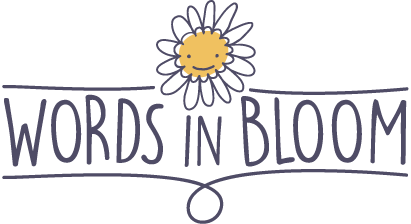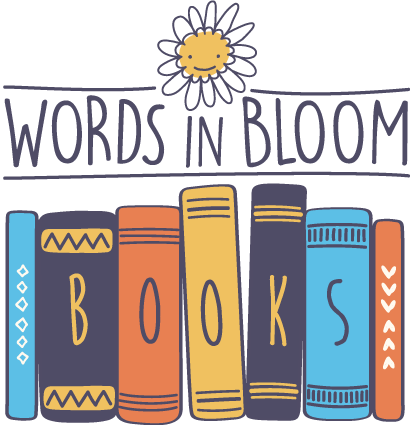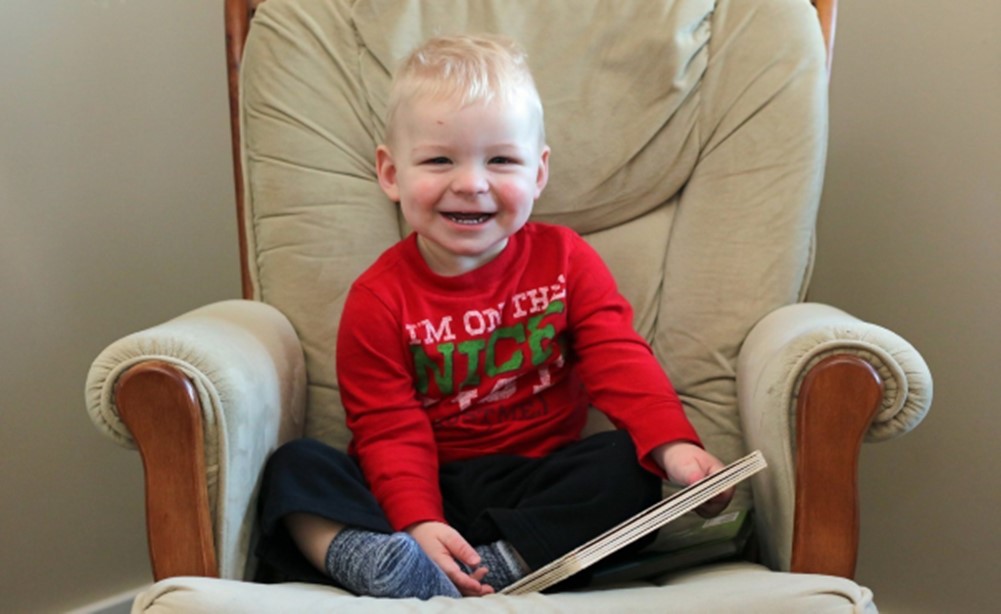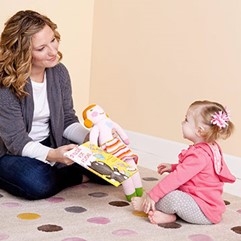
A Quick Guide to Your Toddler’s Speech and Language Development – 18 to 24 Months
 Speech and Language Milestones
Speech and Language Milestones
By 24 months, your toddler:
- uses 50 to 250 words and combines two words, for example, “more juice” or “want truck”
- names different pictures in books
- uses a variety of words
- follows two-step directions (“Put the baby’s bib on and give her some milk.”)
- takes turns in a conversation
- uses pronouns like “me,” “mine,” “my,” and “you”’
- uses negative forms such as “not” and “no” with another word
- asks simple questions (“What’s that?” and “Where?”)
- points to pictures in a book when you say “Show me the ball” or “Where’s the cat?”
- tries to say or imitate words you say, but may not always be clear
- understands more than they can say
A referral to the Words in Bloom program may be needed if your child is not meeting most of these milestones.

Building Blocks for Developing Your Toddler’s Speech and Language Skills
- Talk slowly, clearly and simply with your toddler, using short sentences.
- Add a word or two to what your toddler says (if your toddler says “book down,” you can say “The book fell down”).
- Talk about what your toddler is doing while they are doing it.
- Find opportunities to use words like “my,” “your,” “his,” “her,” and “their.”
- Talk about people and pictures in albums or books.
- Pair words with gestures (show “big” with your hands when saying “big ball”) to help build word combinations more easily.
- Toddlers will not say all speech sounds correctly. Speak clearly, so your toddler will hear how speech sounds are made. Don’t correct them when they say a sound incorrectly. Repeat the word the correct way so they will hear it - emphasize the right sounds.
The Importance of Play
Play is the most enjoyable way to promote your toddler’s speech and language skills.
- Toddlers start to take turns with other children at this stage (though they might not want to share yet).
- Young children like to hear the same stories and songs over and over again.
- Toddlers can pretend to feed a baby, drive a car, or be an animal. Model different ways to play with toys or things you have around the house like spoons, boxes, or containers.
- Have a tea party or build a boat with your toddler. Using tools or utensils in play will help with motor control as well as language development.
- When playing with toys or objects, provide your toddler with different categories of words, like size (“I see a BIG ball”) or location (“The ball is ON the table”).
BOOKS
Be st Book Types:
st Book Types:
- Books with everyday objects and actions that your toddler can identify and name
- Books with flaps that hide objects or animals
- Books that your toddler can interact with
- Books with one main character
- Homemade books or photo albums/digital photos
Observe Your Child:
- See if your toddler holds a book the right way and can turn the pages (thicker books).
- Does your toddler point to pictures to show them to you or request a label? Be sure to name what they point to, even if it’s something new.
- Your toddler may flip pages and look at the book out of order. That’s okay!
Opt to Join In:
- Wait to see what your toddler does with the book first.
- Repeat words or sounds that your toddler says while looking at the pictures.
- Add new words that your toddler might not know yet.
Keep Having Fun:
Having Fun:
- Change your voice for different characters.
- Introduce books with rhymes or songs that your toddler can participate in.
- Look at books with surprises hiding under doors.
Some Suggestions:
- Brown Bear, Brown Bear, What Do You See? by Bill Martin Jr. (Author), Eric Carle (Illustrator)
- Goodnight Moon by Margaret Wise Brown
- Where’s Spot? by Eric Hill
- Baby Beluga by Raffi
Did You Know?
- Toddlers are able to take back and forth turns in play and in “conversations.”
- After you have sung a song or recited a rhyme with your toddler many times, you can wait for them to fill in words at particular points during the song or rhyme (at the end of a line is usually easiest - “Row row row your _____”).
- Using gestures along with words is a great way to add to your toddler’s vocabulary and to show how to combine more than one word or idea.
 Frequently Asked Questions
Frequently Asked Questions
Q: Should I wait until my toddler is older to have their speech and language skills checked?
A: A child is never too young to have their speech and language milestones checked by a speech-language pathologist.
Q: My toddler’s older siblings speak for them. Is this why they started talking later?
A: All children are expected to develop speech and language milestones within specific age ranges, regardless of where they fall in the family order. It is important that each child in the family has the chance to speak for themself (and this can be challenging). All family members can practice turn-taking in conversations.
Q: Do I have to pay for speech and language services?
A: Services through the Ontario Preschool Speech and Language Program are free of charge.
If you suspect your child is having difficulty communicating, don’t wait! Follow your instincts. Friendly, confidential help is only a call away.
Contact Words in Bloom by calling the EOHU at 613-933-1375 or at 1-800-267-7120.

